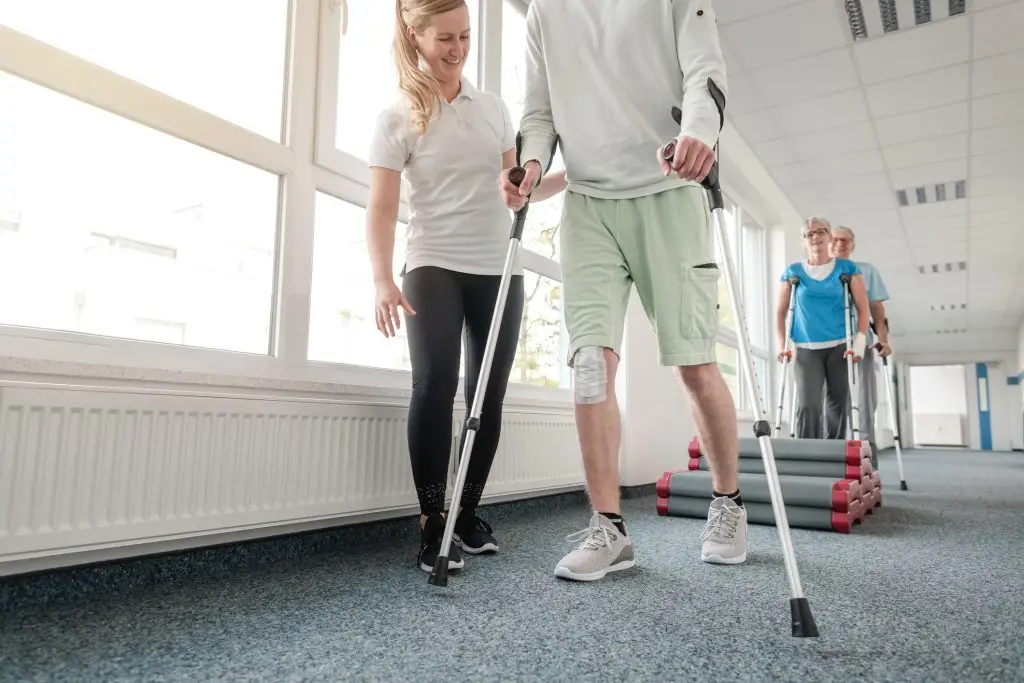Physical therapy is nearly synonymous with post-operative care and recovery for major procedures like knee replacements and shoulder surgery. But did you know you can help your recovery process before your scheduled appointment day? Our physical therapists can help consult with your surgeon to develop a pre- and post-surgery treatment plan depending on your concerns and likely outcomes.
Benefits of pre-surgical physical therapy
Numerous studies have shown correlations between the physical health and condition of patients leading into surgery and more satisfactory results after recovery, specifically in wound healing and the prevention of scar tissue. Obviously not every condition that requires surgery can be exercised or manipulated, but there are techniques that help prepare the area and the body in general for the impact of general anesthesia, surgery, and recovery.
Pre-surgery physical therapy is also known as “pre-hab,” and can involve:
- Manual manipulation of joints
- Stretches
- Strength training
- Low-impact exercise
- Supportive devices to protect injuries
What to expect from pre-hab
Depending on the nature of your injury or need for surgery, a pre-habilitation plan can start as early as six weeks before the date of surgery. Compared to post-op recovery with a physical therapist, the exercises and intensity will be dialed down to avoid causing harm to the treatment area and to minimize discomfort.
Your first appointment will be scheduled when one of our physical therapists has talked to your surgeon to understand the need for surgery and expected surgical plan. They’ll also ask you about your medical history, current health condition, and goals in both the short and long term after surgery.
Each appointment of treatment will progress you toward your goals with many of the methods described above.
Benefits of post-op physical therapy
The benefits and necessity of post-operative rehabilitation is well-documented for any kind of surgery, such as ACL reconstruction. A physical therapist can work with your surgeon to establish timelines for treatment and goals for recovery based on the specific surgical plan and expected outcome.
Compared to patients who don’t follow their physical therapy plans or don’t have a physical therapist at all, you can expect to recover mobility, strength, and function in the affected area more quickly and with reduced discomfort throughout the treatment schedule.
An often misunderstood benefit of physical therapy after a surgery like knee replacement is that by moving, stretching, and building muscle to the surgery area you are not hurting the site but rather pushing it in a healthy way to restore functionality.
Our post-op recovery plans are personalized for your treatment area, schedule, goals for recovery, and lifestyle expectations. We often meet in person up to three times per week in addition to having patients perform exercises at home.
Choosing a physical therapist before and after surgery
If you’re looking for an intentional physical therapy partner ahead of a scheduled procedure, we’re here to help. Call one of our offices near you or request an appointment online today to get the conversation started.
